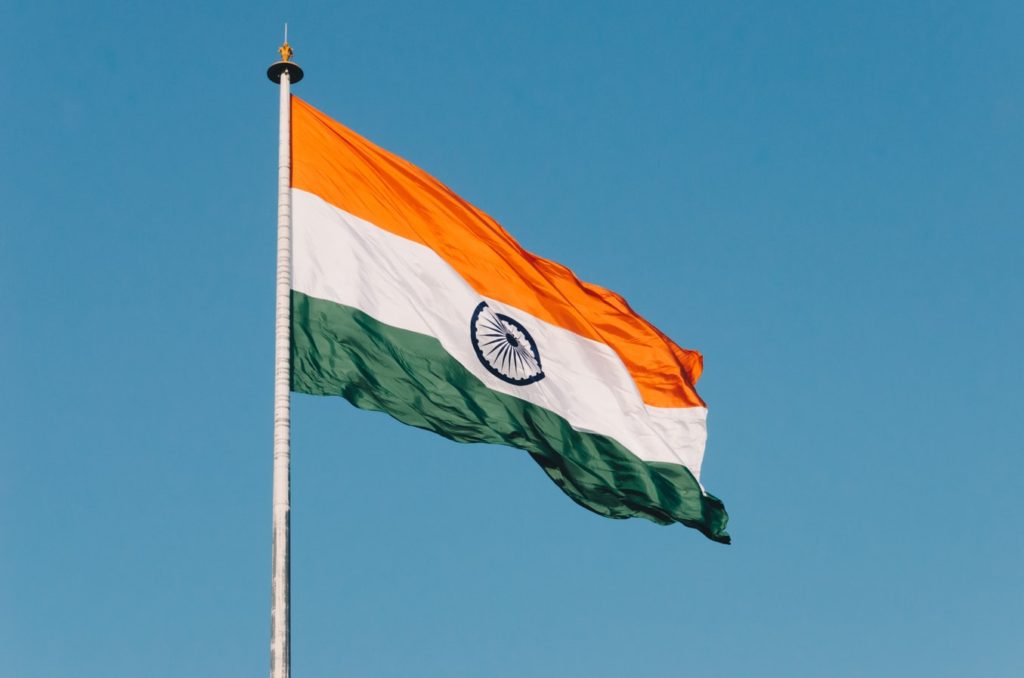The Air India Express plane that crashed in the rain on Aug. 7 with 190 people on board while attempting to land at the Kozhikode airport in the southern state of Kerala has raised questions about the country’s burgeoning aviation sector and allied infrastructure.
Eighteen people, including the two pilots, died, and 150 were injured when the plane reportedly overshot the runway during a thunderstorm.
Air India Express is a low-cost airline of flag carrier Air India. The Boeing 737-800 passenger jet, which had flown from Dubai, was bringing home Indians stranded by the Covid-19 pandemic. Some have blamed the pilot, 58-year-old Capt. Deepak Vasant Sathe, a decorated former fighter pilot for the Indian Air Force.
The incident has led to comparisons with another crash that took place 10 years ago in Mangalore, about 145 miles north of Kozhikode. In both cases, the aircraft were B-737-800 passenger jets, and both airports have what are known as tabletop runways, in hilly terrain.
In the Mangalore incident, the plane overshot the tarmac and went down the hillside, killing 158 of the 166 people on board.
The Aircraft Accident Investigation Bureau, a division of the Indian government’s Ministry of Civil Aviation, is investigating the Kozhikode crash.
“The problem in India is that all parties concerned—the Directorate General of Civil Aviation (DGCA), the Airports Authority of India (AAI), and Air India Express—all report to the Civil Aviation Ministry,” said Shakti Lumba, an aviation expert. “This could lead to a conflict of interest.”
The the direcorate general is the regulator of the civil aviation sector; the airports authority operates the airport at Kozhikode.
Lumba, who was a pilot and had headed operations at the private Indian airline company IndiGo, contrasted this with operations in the United States, where the National Transportation Safety Board is an independent government investigative agency.
“Investigations, on average, take about two years in India,” he said. “Before the Mangalore crash, such incidents were investigated through judicial inquiries. And those were conducted quickly and with transparency. And perhaps that’s what India needs.”
Many factors may be at play in an aircraft crash, authorities say.
“There are many elements to an accident,” said Praveen Keerthi, general secretary of the Indian Commercial Pilots Association. “The real reasons will be known only after a fair investigation.”
Several Indian aviation experts say that incidents like the recent crash can be checked only with more rigorous safety protocols and greater transparency.
Ameya Joshi, founder of the aviation analysis blog Network Thoughts, said recommendations made in investigation reports need to be taken seriously and not forgotten after the news dies down.
“Over the years, various recommendations have been given after each incident and accident. These recommendations need to be in the public domain so that it can be ensured that they have been implemented,” Joshi said. “There needs to be a deadline for implementation, and someone should be accountable for it.”
Investigation reports usually make recommendations for airport infrastructure, pilots and cabin crew, as well as for airline management. After the Mangalore incident, the investigation report pointed out that the airline did not have any full-time staff. It recommended training for pilots and cabin crew and also said airports with tabletop runways should not have a downward slope.
“We are cutting costs everywhere,” said Rohit Tomar, an aviation safety analyst. “It is not fair to blame the pilots. Besides, airlines are cash-strapped, and maintenance is a low priority.”
While India’s aviation sector has been growing rapidly over the past few years, several private airlines in the country have gone out of business. The national carrier has been ailing for decades. Now, the ban on flying because of the Covid-19 crisis and a slowing economy have hit India’s airlines hard.
“Pilots are being pushed to the limit because airlines have found a way to bypass the flight time limitation regulations,” Tomar said.
According to DGCA regulations, every crew member is supposed to have a specified amount of rest over varied periods of time.
Former DGCA official J. S. Rawat said that pilots are always equipped to make decisions despite external factors.
“Usually the pilot takes the decision as to whether he should go for landing or wait for an improvement in the weather,” said Rawat. “He has information on weather, navigation aids, runway conditions and other factors before deciding a course of action.”
The independent Aviation Safety Network, which compiles data on “accidents and safety issues with regards to airliners, military transport planes and corporate jets,” shows that there have been 210 fatal air accidents in India since 1919, and a total of 3,412 fatalities.
(Edited by Siddharthya Roy and Judy Isacoff.)
The post Repatriation Flight Crash Raises Questions About Indian Aviation’s Safety Protocols appeared first on Zenger News.

